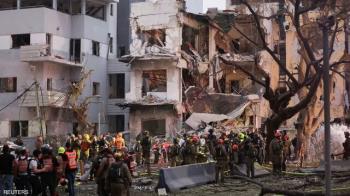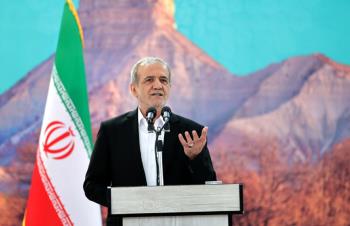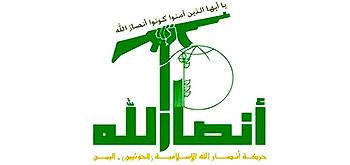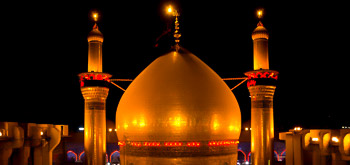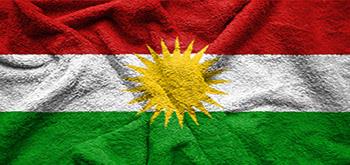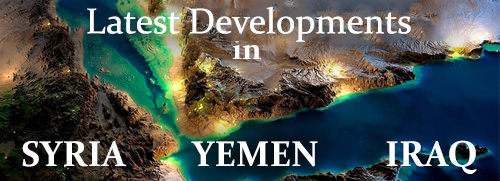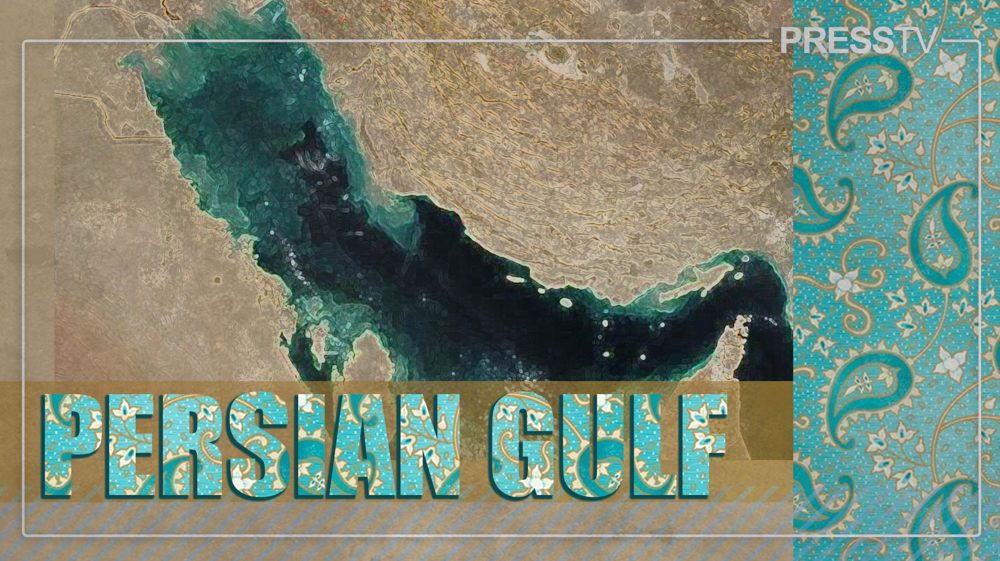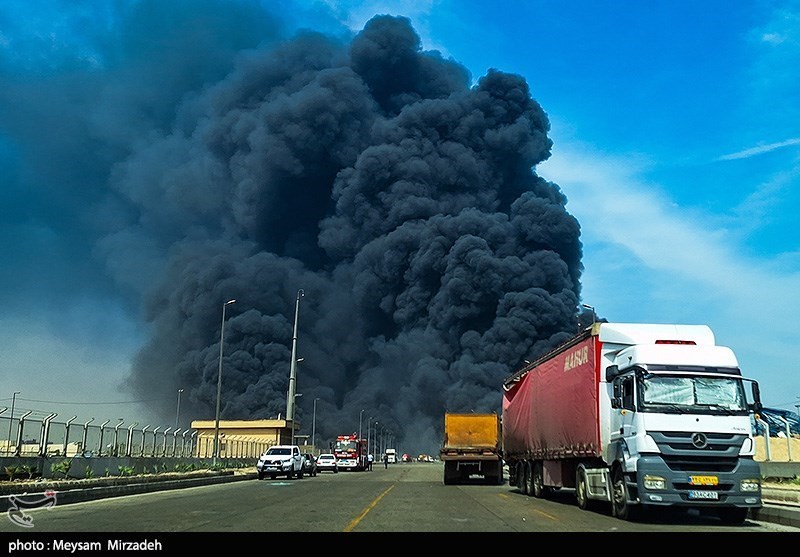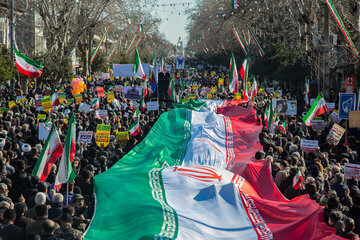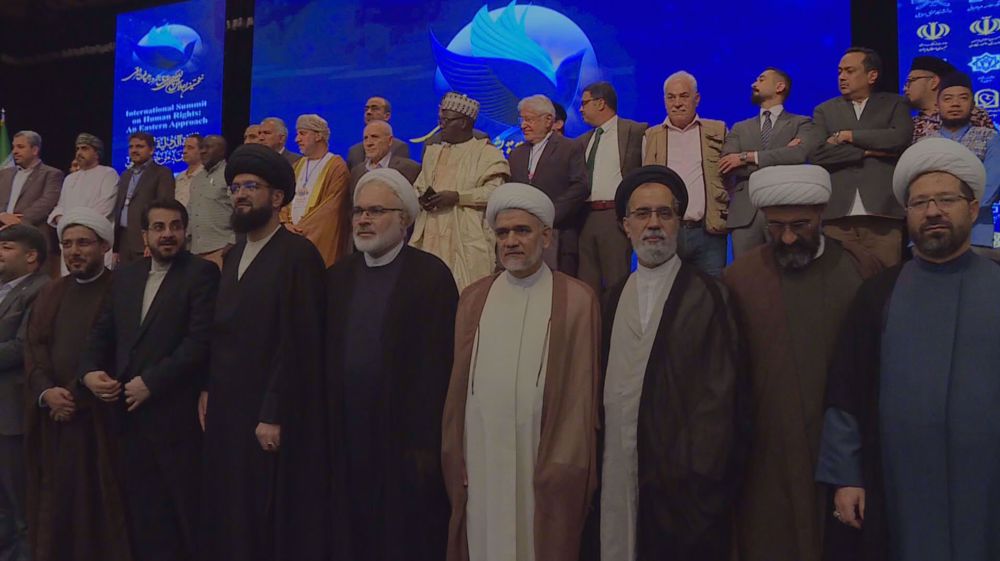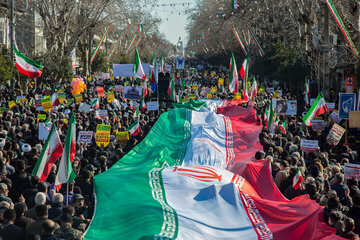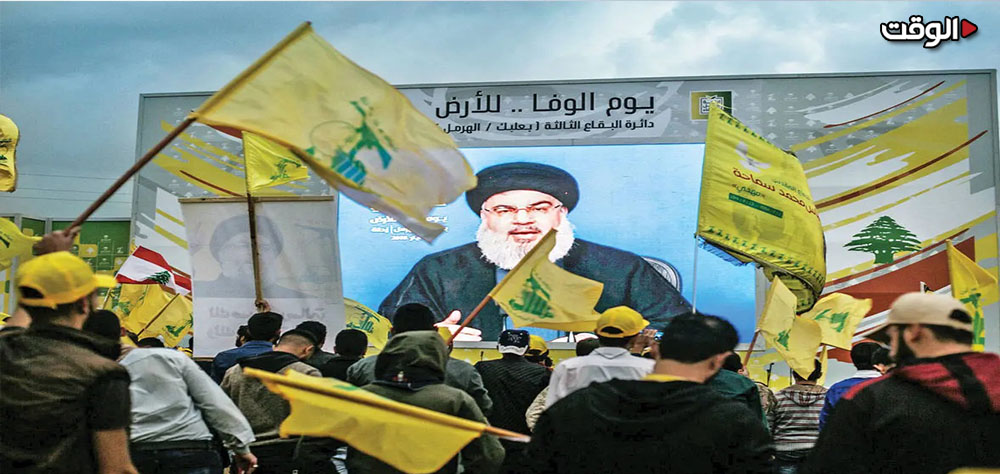Alwaght- Saudi Arabia and ten other countries, including the United States of America, launched a naked military aggression on Yemen. This step comes in the contest of Saudis attempt to pre-empt the popular revolution that was capable of defeating the former Saudi puppet regime of Abed Rabbo Mansour Hadi. Hadi escaped outside the country after Popular Committees backed by Yemeni military seized control over most of the Yemeni cities, in particular Adan the city which has been taken by Hadi as the presidential residence after he fled away from the Yemeni capital Sanaa.
Saudi Arabia along with other Persian Gulf States launched late Wednesday a military offensive against Yemen. For their part, Egypt, Jordan and Sudan confirmed their participation in the coalition, which aimed at striking the Yemeni territories.
Ansarullah revolutionary movement stressed that the Yemeni army and the popular committees are standing in one line against the Saudi war on Yemen.
The Yemeni people, who gathered in downtown Sana’a on Thursday, condemned the Saudi interference in Yemen’s internal affairs. The demonstrators also vowed to respond to the conspiracy of the United States and Saudi Arabia against the people of Yemen.
Despite Riyadh's claims that it is attacking Ansarullah positions, Saudi warplanes have flattened a number of homes near Sana’a international airport. Based on early reports, the Saudi airstrikes on Yemen have so far claimed the lives of 18 civilians with more deaths feared, Yemeni sources said.
Saudi Arabia led Coalition aggression on Yemen can be examined from various point of views. Before Ansarullah Movement seizes control over the Yemeni capital, Sanaa, Yemen was considered as the Saudi backyard. Regional observers believe that Ansarullah Movement’s dominance in Yemen can be evaluated as the decline of Saudi Arabia’s policy’s in the region while Iran’s hegemony in the region is growing stronger.
The hostility to the Islamic Republic and the concern of Iran’s increasing influence in the region, have forced the formation of a war coalition against Ansarullah Movement in which Arab conservative states and their allies participate. A war that will have disastrous ramifications for both the Arab peninsula and the Middle East region.
One of the implications of this aggression is causing instability in Saudi Arabia’s southern regions. Ansarullah Movement’s forces are mainly localized in northern cities of Yemen as well as Saada. These regions ae found on Saudi-Yemeni borders and Saudi Arabia’s recent aggression on Yemen has the potential of dragging the war into Saudi territories. Nearly ten million Zaidi Shiites, reside in regions neighboring Saudi Arabia, and are considered Ansarullah Movement’s key allies. These residents due to their experience in civil wars are completely ready to expand the area of the region involved in the war to the other side of the Saudi Yemeni borders. One of Ansarullah Movements’ senior leaders before had warned the Saudi officials in Riyadh before the aggression on Yemen, where Ansarullah Movement have the necessary experience to be engaged in a war and they have no fear from its continuum. The Saudi aggression will be the reason behind the conflict barging in to the Saudi territories.
Another important thing about in this context is that large numbers of Ismaili and Zaidi Shiites carrying the Saudi citizenship live in Saudi territories near the borders of Saudi Arabia with Yemen. The afore mentioned groups share cultural and religious commons with Ansarullah Movement. Those Saudi Shiites, over the last decades, have been deployed from their basic rights and were considered citizenships from the nth grade. If the conflict barges into the Saudi territory, definitely Saudi Shiites will support their coterie.
Another implication of the Saudi aggression, is the increase in oil prices and instability in the Red sea.
Oil prices moved sharply higher Thursday, before falling back, as Saudi Arabia announced launching the military aggression against Yemen.
The price of the global benchmark Brent crude oil rose nearly 6 percent Thursday. Bab el-Mandab is the fourth biggest choke point for oil in the world, with 3.8 million barrels per day of oil in transit, according to the U.S. Energy Information Administration. Experts state that the crisis poses risks to the region, which is significant for oil production and exports in the world. The Hague Centre for Strategic Studies expected "escalation into a larger proxy war" if the situation in Yemen deteriorates.
Yemen’s Geopolitical location, the dominance of Ansarullah Movement on the coastal areas of this country, as well as the possible intrusion of the strategic Bab El-Mandab Strait could be have very great economic consequences for the world economy. Bab El-Mandab Strait is the pass way for ships coming from Europe and North Africa to Southern and Eastern Asia. Furthermore, the main countries involved in the war against Yemen, a major part of their economic needs pass through the Strait and the Red Sea. Saudis send thousands of oil barrels from this sea on daily bases. Besides Egyptians, and Persian Gulf sheikhs and even the Zionist regime are in dire need of having the sea and the Bab El-Mandab’s security established; which might be at risk in case the Yemeni crisis was extended.
Moreover, another implication that could be sought is the fact that opening a front in the southern Saudi borders, might encourage ISIS insurgents to attack the Saudi territories from the North; although the Saudi regime himself is one of founders of this terrorist group, but as far as we know such groups are not loyal even to their founders.
Apart from the above discussion, since the Islamic awakening in the Middle East, Saudi troops were used clearly to suppress the protests in at least two regions. Bahrain’s military occupation and the repression of dissidents in eastern Saudi Arabia, are both examples of the above and are still managed in a securitized manner. Protesters in Bahrain and Saudi Al-Awamia area, without deviating from their position, demanded equal rights with other citizens and the freedom to practice their religious rituals. Internal and external protestors in Saudi Arabia undoubtedly will exploit Saudi Arabia’s involvement in various fronts.

